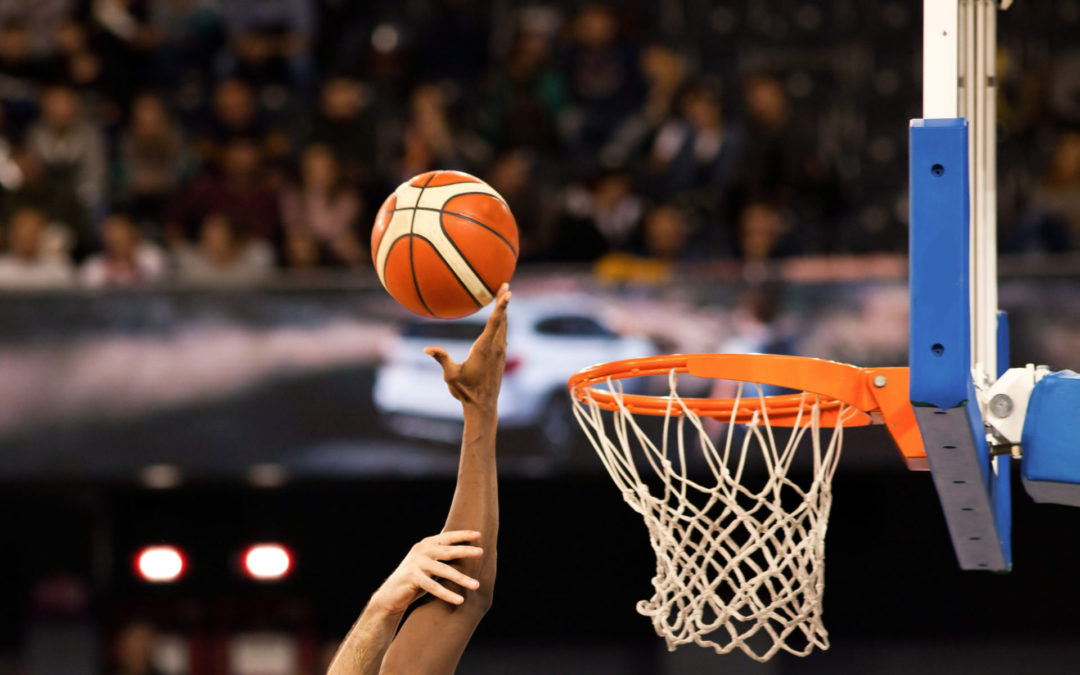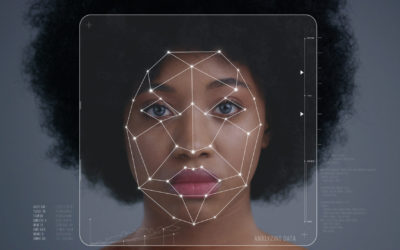America’s most popular, revenue-generating, and beloved pastimes face an urgent diversity, equity and inclusion issue on and off-camera. Sports entertainment- the industry that generates billions annually, employs hundreds of thousands of people, and is watched daily by millions of viewers, finds itself again in the center of a media storm due to bias and discrimination. The topics of diversity, equity, and inclusion are no stranger to the world of sports though many may be unaware or disagree entirely. When you look on the TV screen, sports leave you with the impression of inclusivity and diversity from the faces of the players. Still, when you venture behind the scenes, to the owner, coaches, and the actual “playmakers,” you’ll find the sports industry is anything but diverse and inclusive.
The most current news that’s made waves is the lawsuit from ex-Miami Dolphins coach Brian Flores citing racial discrimination and bias in the NFL. Flores had been fired from the team and claims he faced discrimination in his search for a new position. Transcending personal matters, he claims that the NFL’s hiring practices are discriminatory and that he has 40 other coaches who are willing to join him in his lawsuit. The NFL has responded, saying they are “deeply committed to ensuring equitable employment practices” and that they “will defend against these claims, which are without merit.”
The NFL has only recently begun regaining trust and repairing its image regarding diversity and equity since the Colin Kaepernick protests that began almost six years ago in 2016. As a sign of peaceful protest, then-quarterback for the San Francisco 49ers, Colin Kaepernick, kneeled during the national anthem as a silent protest and to bring awareness to police brutality in America. The peaceful protest set off a firestorm of controversy through the NFL and the country with the former American President, calling for protesting players to be fired, declaring “get that son of a b*tch off the field.”
As a result of his treatment, he opted out of his contract. He still wasn’t signed to a team despite many signings of other players of lesser talent and try-outs. This led to a lawsuit against the NFL claiming they collaborated against him, ostensibly blackballing him for his protests. This highly racially charged period cast a vast dark shadow over the NFL, with many of its die-hard fans refusing to watch.
Recently the NFL has been celebrating the hiring of two new coaches. Mike McDaniel, who is biracial, was just hired as head coach for the Miami Dolphins, and the news of his racial makeup gained more attention than his experience. Also, Lovie Smith, who is Black, was hired as head coach for the Houston Texans. Although many celebrated these two hirings as a sign of racial equity, the sobering reality is that it only brings the total number of head coaches of color in the NFL to five. Though these moments have painted the NFL as a pariah of racial injustice, this disparity crosses all major sports.

As mentioned previously, the NFL, and sports in general, appear to be highly diverse, but unfortunately, that diversity only extends to the players.
In the industry of sports entertainment, there appears to be limitations on diversity even on the playing field.
- The NFL is about 70% Black, yet only five coaches are people of color.
- The MLB is 57% white player but 33% Hispanic/Latinx, yet there are only four non-white managers.
- Black players comprise almost 75% of the NBA, with less than 17% white, and although the NBA has probably done the best out of any major televised professional leagues, less than half of the coaches are non-white.
- The NHL has a significant number of European players, yet most of the coaches are North American.
- MLS (soccer as a sport in general) is a world sport, but the majority of the coaches identify as American.
- Of the 251 national NFL broadcasters, only 19% are Black.
NBA superstar LeBron James caught a lot of critism for saying, “the NFL has a slave mentality.”An analysis of this statement could be that it is hyperbolic and incendiary. If his comparison is brokendown, it could be said that all (majority) of the workers who bring in the money (enslaved people/players) are black, and the people in charge (in other words, the masters/owners/coaches) are white, and that minorities are only allowed to play and work, but not to lead or own. It speaks more to a disparity in power and the overall power dynamics, as well as a deeper history of race than mere superficial representation.
Although inequalities may be difficult and painful to hear, in order to make any forward progress, we must be honest. The numbers and facts speak for themselves, and once written down, it reads as such:
- The people who play, work, and generate the billions are non-white, yet the people who lead and own are white.
- The people who own and who are in charge have access to those positions, yet people of color face more barriers to these positions.
- The people who occupy the auxiliary positions to sports with demographics predominantly non-white are white. These positions typically are extra opportunities for ex-players and coaches, thus limiting career mobility and post-retirement or post-career-ending-injury opportunities.
What is occurring in sports could very well be written as a parable of systemic racial and gender inequalities. The storyline is relatively consistent – Underrepresented groups are aggrieved, they protest and make noise, the organizations and those in charge feign like they are interested in making change, those organizations make financially sustainable contributions that translate well for publicity and offer a tremendous face value, but nothing is introduced that targets and transforms the infrastructure and mechanism that create the disparity, bias, discrimination, and inequity that initiated the protest, to begin with.
To create substantial change, the industry needs three things; transparency, framework, and accountability
- Transparency – The procedures for hiring, promoting, training, etc., must be clear, detailed, thoroughly followed, and clear for all to see. This includes everything from criteria and experience to salary—the less transparent, the more deceptive.
- Framework – There must be strict and transparent policies and procedures to follow. In the same way that the different sports create rules to keep the game as fair as possible, there must be rules in place and, more importantly, that is followed to make the system fair.
- Accountability – There must be a system of accountability to ensure the framework is followed, reducing the opportunity for covert and deceptive actions that create disparity, discrimination, and controversy later.
A lot has been done to push sports entertainment in a positive direction. There have been generous donations and contributions to charities, public commitments, and promises to promote equity. Still, until those in charge change their policies and practices, little would have been done to affect substantial long-term change.
Sports have always been the best way to grow, develop interpersonal skills, learn about teamwork, resilience, and grit. It’s where all the parents tell their children to follow the rules and play fair, but if that’s the case, then the people who run the leagues of these sports must also play fair.
By Dolores Crazover, March 2, 2022
ABOUT THE AUTHOR

Dolores Crazover is the founder and CEO of DEI & You Consulting.
She has a passion for microbiology and is on a mission to complete a Rubik's Cube within four years.
Redefining Activism: New Trends in Allyship for the Upcoming Years
Picture a chessboard. At its center, two pieces stand mirrored, symbolizing the strategic interplay of equity and inclusion, the key...
Navigating DEI in Tech: 4 Steps Towards Ethical Algorithms and Inclusive Data Privacy
In our fast-paced, technology-driven world, personal data has become a hot topic. Every click, every purchase, every post - they all...
Maximizing DEI Metrics: 5 Ways to Elevate Your DEI Strategy Through Data Collection
Four ascending bar graphs measuring the DEI metrics of your organization When diversity, equity, and inclusion (DEI) work is...
Redefining Activism: New Trends in Allyship for the Upcoming Years
Picture a chessboard. At its center, two pieces stand mirrored, symbolizing the strategic interplay of equity and inclusion, the key...









